 Unlock a powerful and consistent golf swing with minor tweaks to your setup! Discover how perfecting your stance, posture, and alignment can lead to a bigger turn, generating effortless speed for longer drives.
Unlock a powerful and consistent golf swing with minor tweaks to your setup! Discover how perfecting your stance, posture, and alignment can lead to a bigger turn, generating effortless speed for longer drives.
Table of Contents
- Understanding the Backswing
- Maintaining Pressure During the Swing
- Common Mistakes in the Backswing
- The Checklist for a Complete Turn
- Unlocking Your Full Potential
- Achieving Consistency Through Simplicity
Understanding the Backswing
The backswing is the precursor to every great swing. It sets the foundation for the downswing and ball impact. An effective backswing demands a tight connection between your upper and lower body for optimal rotation without losing balance.
The Importance of Setup
Your setup is the backbone of your swing. Proper alignment and posture maximize your ability to turn and generate power. Balance your weight and adopt an athletic posture over the ball, steering clear of excessive weight on the heels, which hampers effective rotation.
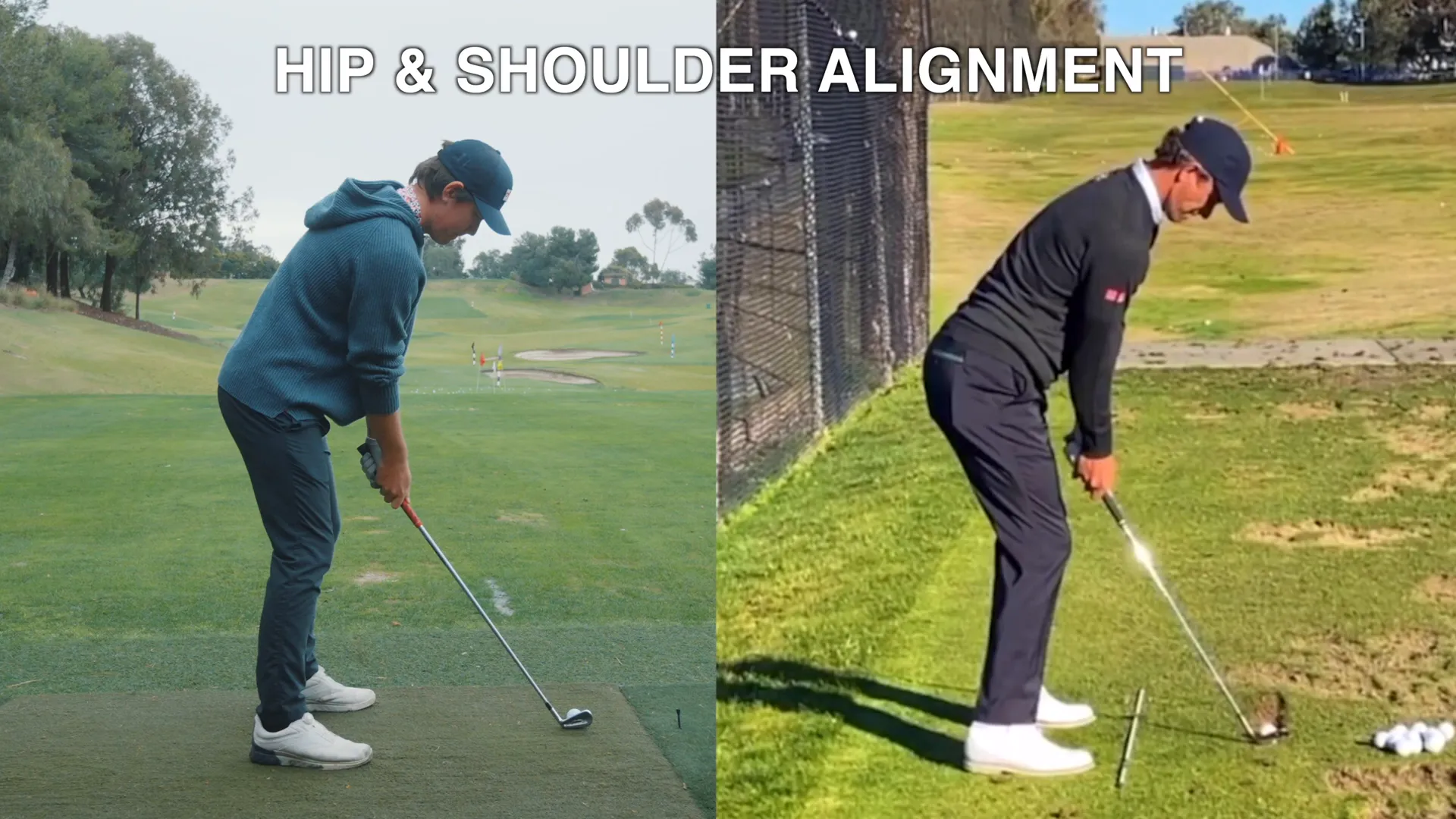
Weight Distribution: Balls of the Feet
Achieving the perfect weight distribution focuses on feeling pressure on the balls of your feet. This balance supports stability and movement. Tilt forward slightly at the hips with knees flexed to naturally place weight on the balls of your feet, setting the stage for a dynamic swing.
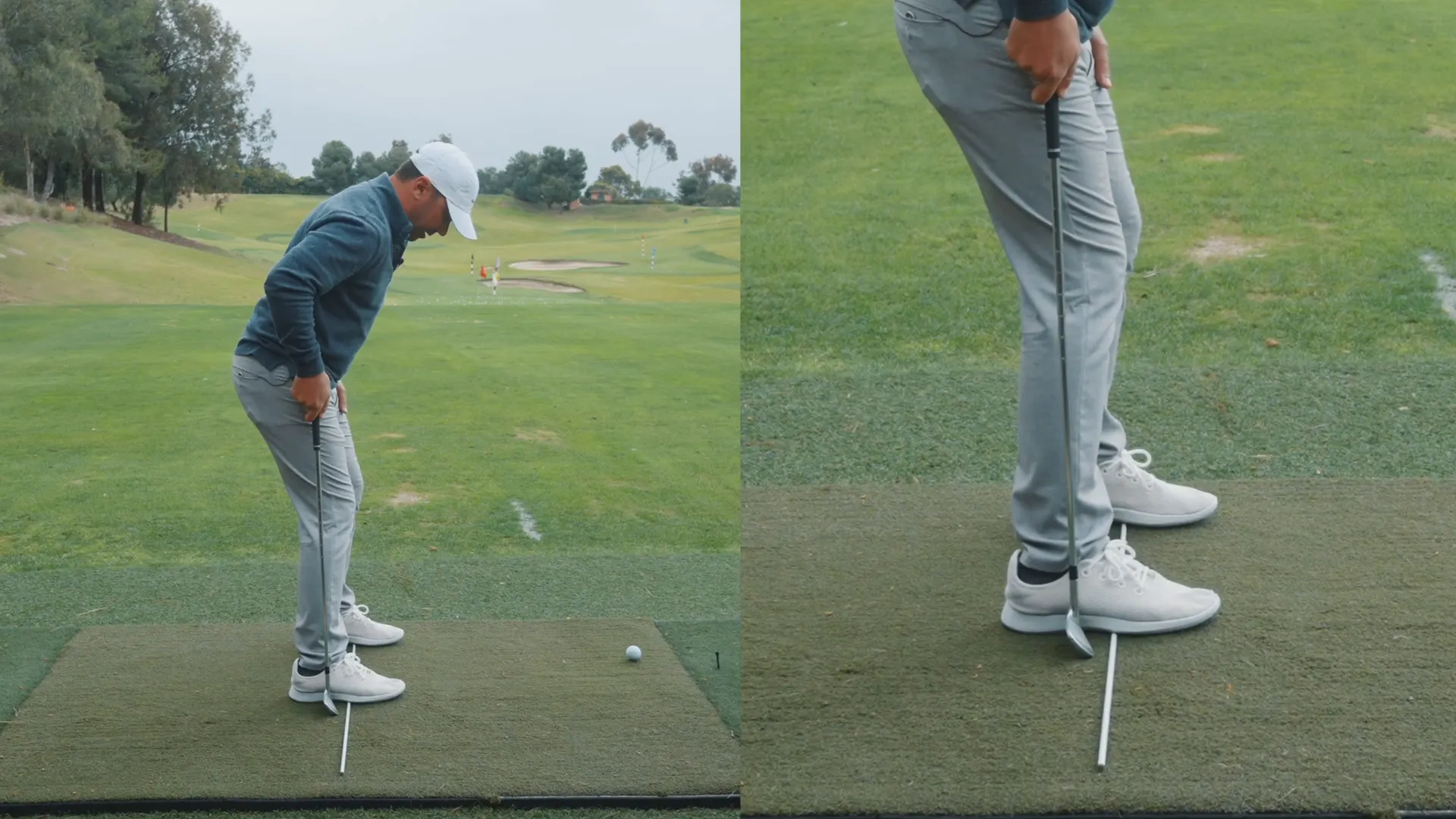
Hip Position and Shoulder Alignment
Proper hip position and shoulder alignment are key to your swing’s efficacy. Align hips over ankles for a natural pivot, and ensure shoulders are in line with toes to maintain effective rotation. Misalignment restricts movement and impacts swing quality.
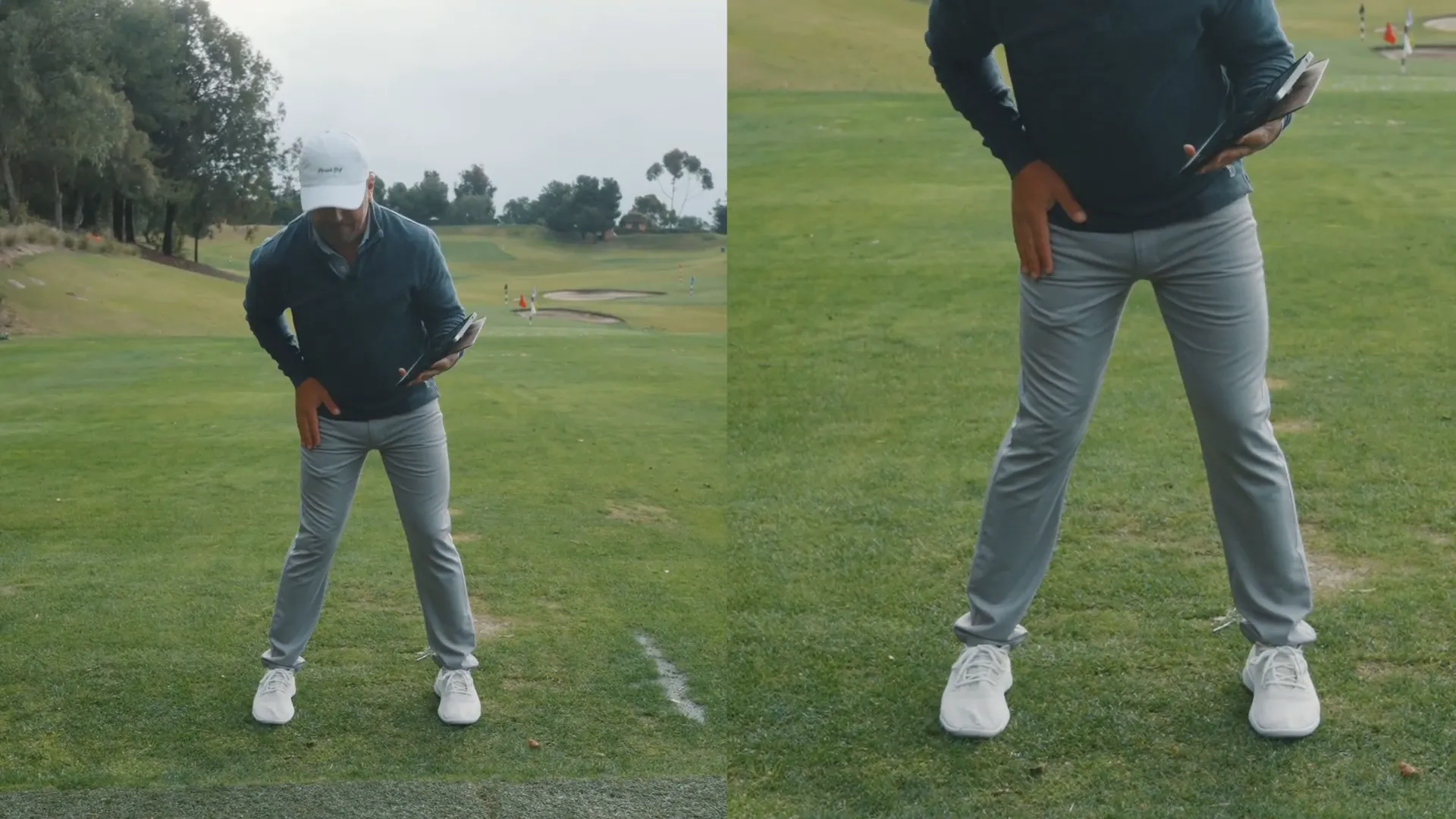
The Role of Pressure in Your Feet
Mastering foot pressure transitions enhances your swing. Pressure should shift from the balls to the heels during your backswing, building tension for a powerful downswing. Practice this pressure migration through slow swings to improve weight transfer and stability.
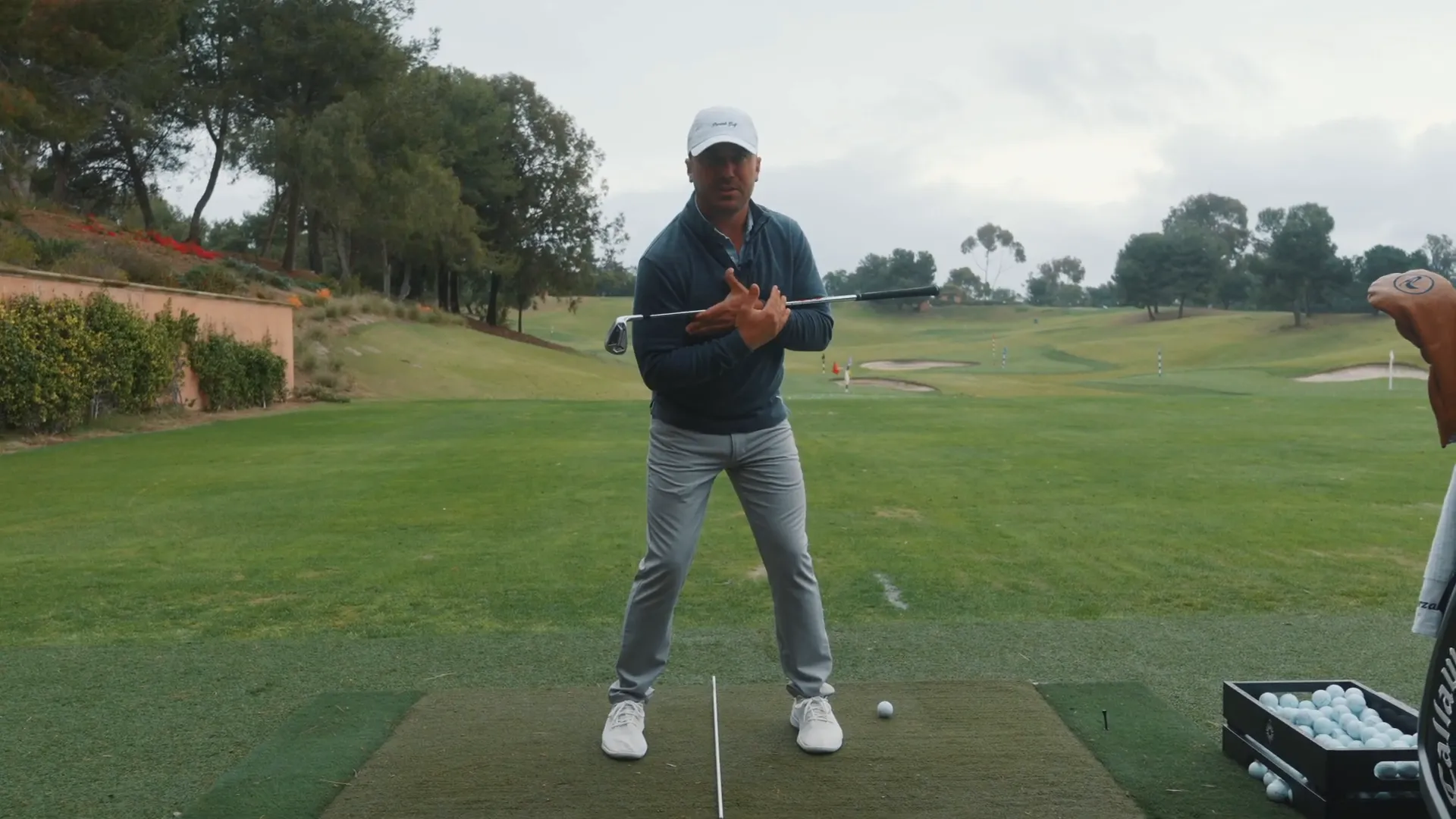
Creating Stability in Your Setup
Stability is crucial for a reliable swing. Ground your feet firmly and widen your stance to boost control and prevent swaying. Engage your core to maintain posture and optimize energy transfer from lower to upper body, crafting a powerful swing.
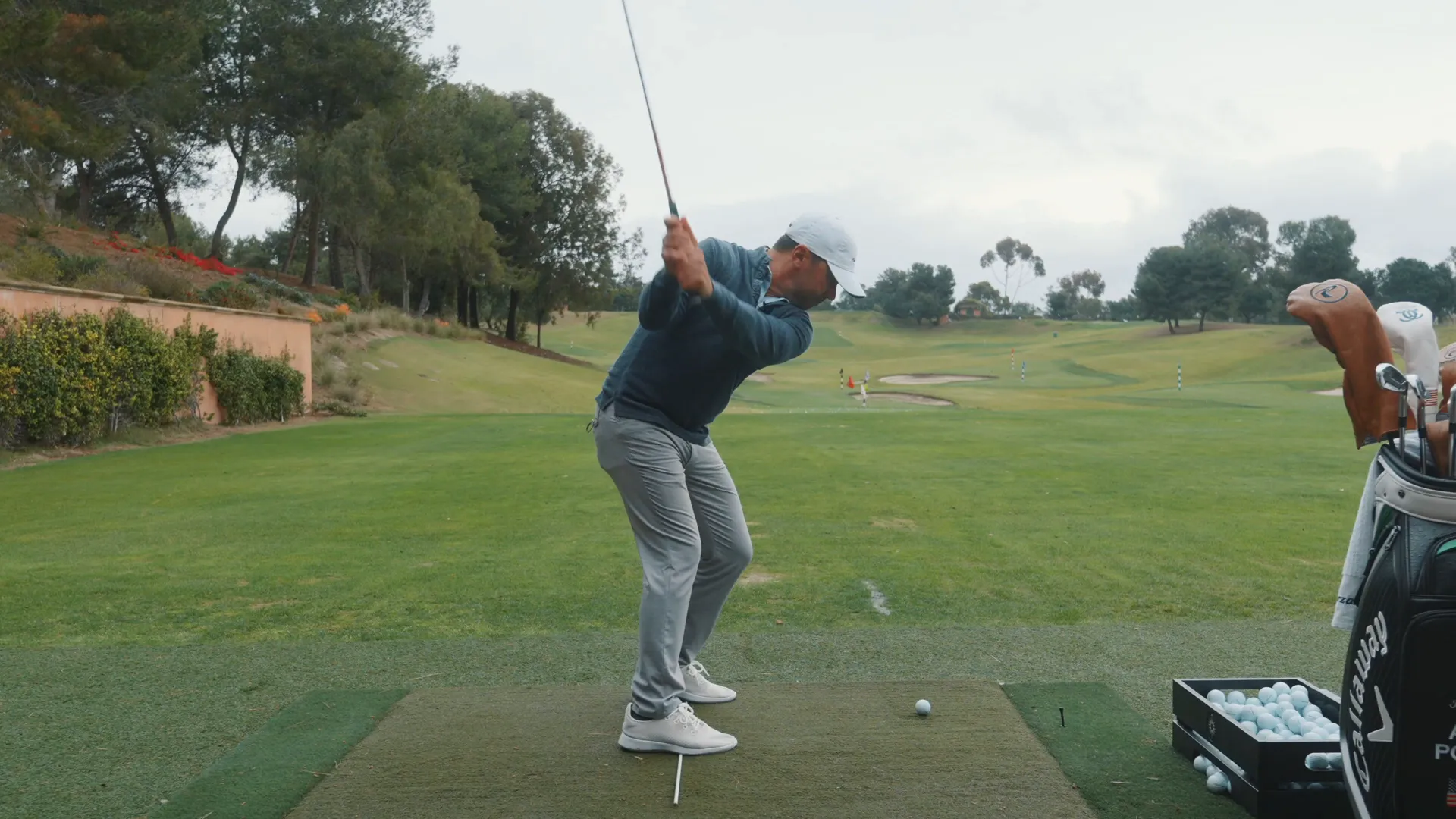
Maintaining Pressure During the Swing
Effective pressure management is vital for a smooth swing. Starting with balanced weight on the balls of your feet transitions to heel pressure throughout your backswing. This process establishes a robust base, vital for complete swing motion.
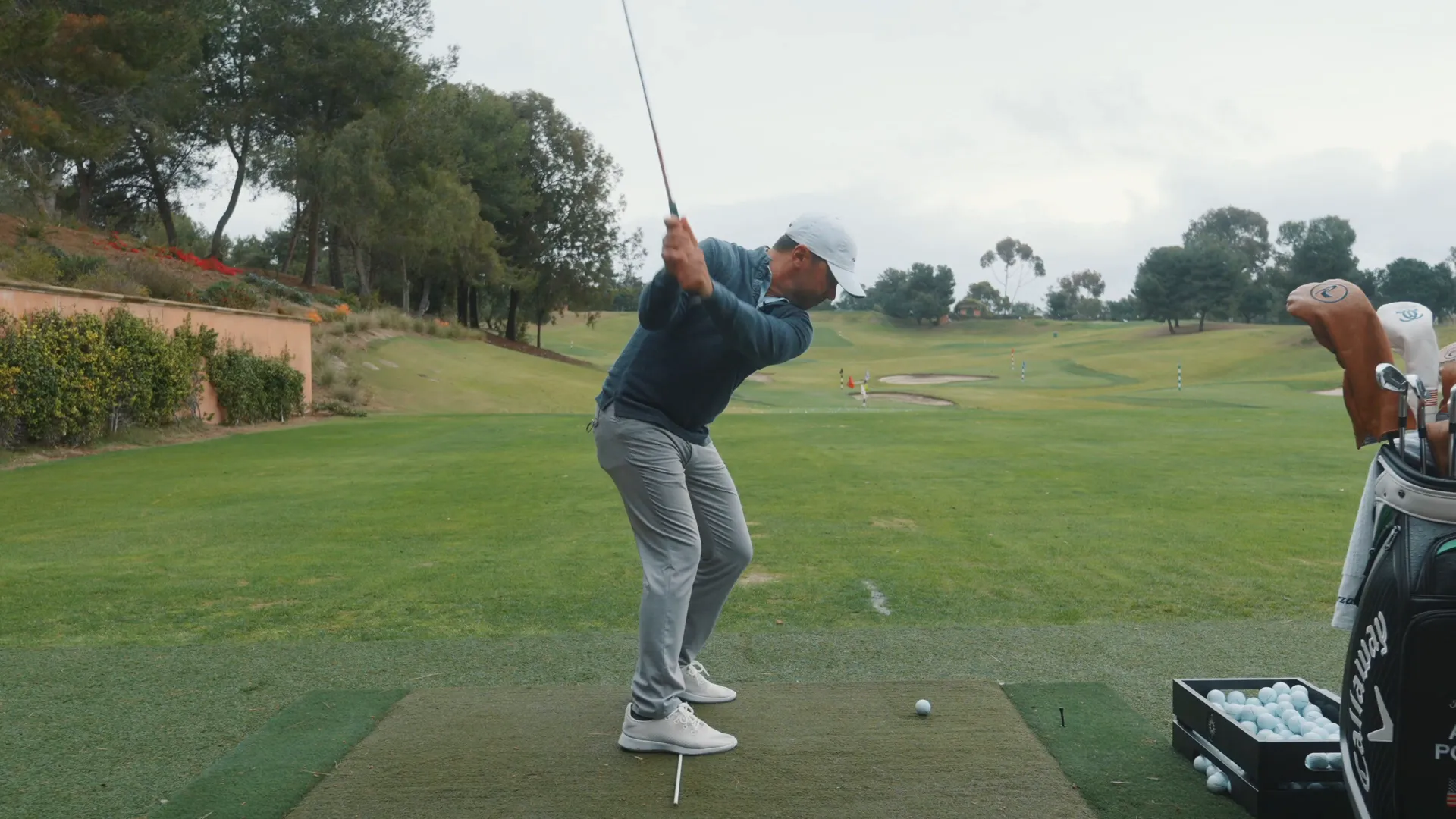
How to Feel the Pressure
- Solid setup: Position hips over ankles and maintain weight on the balls of your feet.
- Weight shift: As the backswing begins, shift weight into heels, sustaining firm stance.
- Lower body stability: Use core strength to stabilize lower body while upper body rotates fluidly.
Practice these elements to establish a repeatable pressure pattern for improved swing.
Common Mistakes in the Backswing
Many golfers grapple with backswing errors. Recognizing these pitfalls aids in enhancing your swing.
1. Over-Rotating the Arms
A frequent misstep is excessive arm rotation, causing a laid-off club position. Instead, let your upper body drive the turn, with arms naturally following.
2. Losing Lower Body Stability
Instability in the lower body can impede your turn. Maintain engagement in your lower body, ensuring your upper body rotates consistently without compensating.

3. Incorrect Shoulder Alignment
Incorrect shoulder alignment diminishes your rotational capacity. Ensure proper alignment with toes to facilitate a full backswing.

The Checklist for a Complete Turn
Ensure a full backswing turn by following this simple checklist:
- Hip alignment: Position hips over ankles for a seamless pivot.
- Square shoulders: Maintain alignment with toes for proper positioning.
- Weight awareness: Begin with weight on balls of feet, transitioning to heels at backswing peak.
This checklist strengthens your foundation and enhances swing preparations.
Unlocking Your Full Potential
Maximizing potential in golf transcends technique; it demands self-awareness. Recognize and develop techniques that exploit your strengths while addressing weaknesses for a balanced approach to improvement.
Achieving Consistency Through Simplicity
Simplicity often leads to swing consistency. Avoid overly complex mechanics which can confuse. Focus on fundamental elements like balanced stance and proper weight distribution for performance improvement.
Repetition and technical confidence solidify a dependable swing, enhancing reliability and effectiveness.


0 Comments